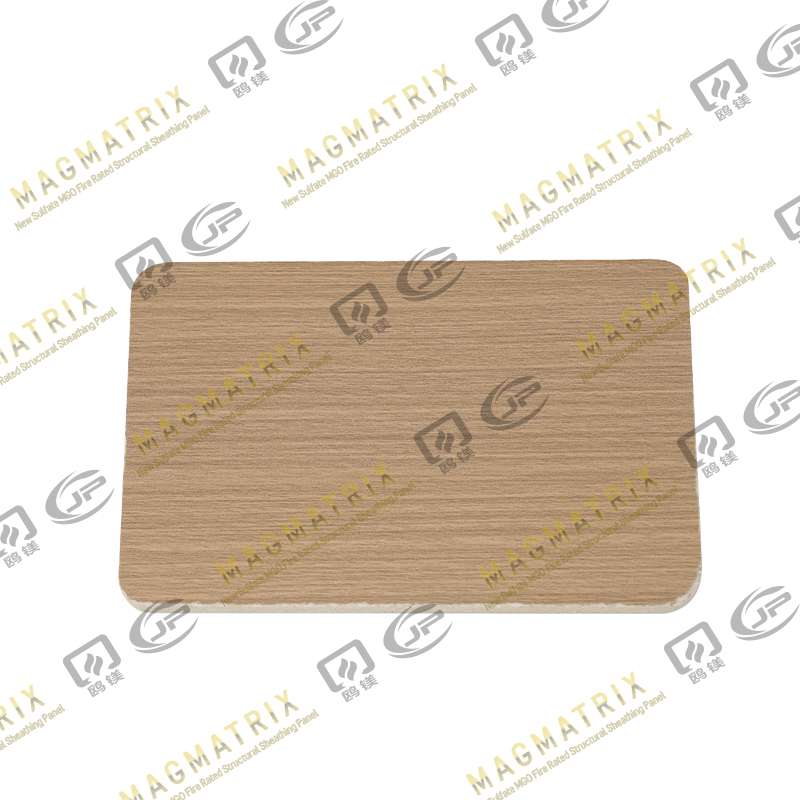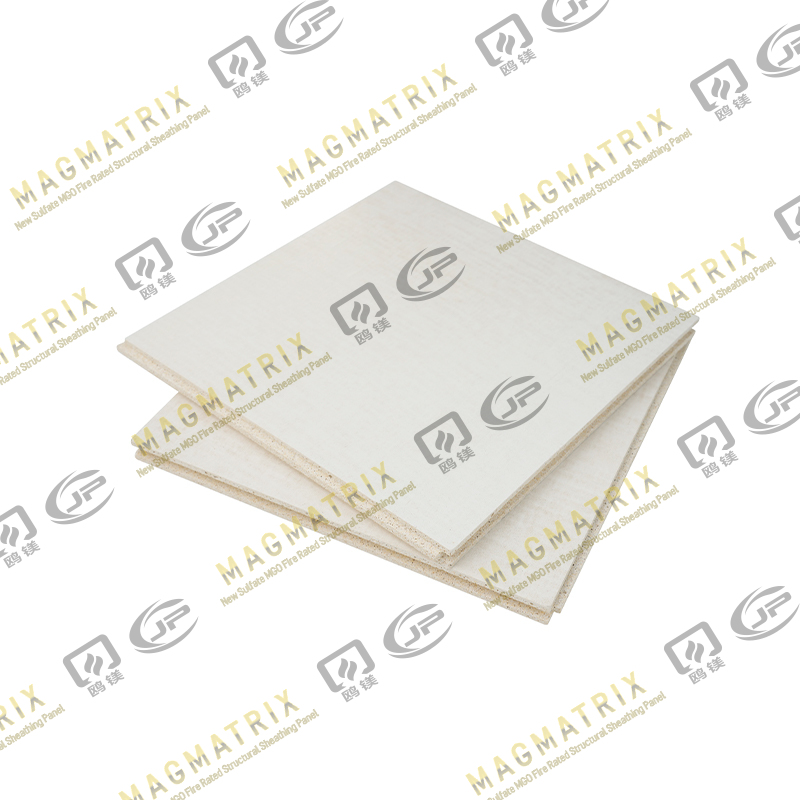In the ever-evolving world of construction, safety remains a paramount concern. One of the most significant challenges architects and builders face is designing structures that can withstand fire hazards without compromising structural integrity or aesthetic appeal. Among the materials making a substantial impact in this domain, magnesium oxide panels, commonly referred to as MgO panels, have emerged as a versatile and reliable solution.
Understanding MgO Panels
Magnesium oxide panels are engineered building materials primarily composed of magnesium oxide, magnesium chloride, and reinforcing agents such as fiberglass mesh or wood fibers. The manufacturing process results in lightweight yet highly durable panels that exhibit excellent resistance to heat, moisture, and fire. Unlike traditional materials, which often rely on chemical treatments to improve fire resistance, MgO panels naturally possess non-combustible properties, making them inherently safer for construction purposes.
The mineral composition of MgO panels offers a unique combination of benefits. Magnesium oxide itself is a naturally occurring mineral known for its fire-retardant characteristics. When combined with reinforcing agents and compressed into panel form, it creates a material that not only resists combustion but also maintains structural stability under extreme conditions. This intrinsic fire resistance distinguishes MgO panels from conventional drywall, plywood, or composite boards, which may degrade rapidly when exposed to high temperatures.
Fire Resistance and Safety
Fire safety is a critical component of building design, particularly in commercial, industrial, and high-density residential structures. Traditional building materials such as wood and gypsum board are prone to rapid combustion and can contribute to the spread of fire. MgO panels, by contrast, have a high ignition point and do not release toxic fumes when exposed to flames. This property is particularly important in scenarios where occupant safety and environmental considerations are prioritized.
The fire resistance of MgO panels extends beyond their ability to withstand flames. They exhibit low thermal conductivity, which slows down heat transfer during a fire. This can provide valuable time for evacuation and reduce damage to structural components. Furthermore, MgO panels can be engineered in various thicknesses and densities, allowing architects to design walls, ceilings, and partitions that meet specific fire rating requirements. For example, a wall constructed with MgO panels may achieve a fire-resistance rating of up to two hours or more, depending on the configuration, providing a robust barrier against fire spread.
Moisture and Mold Resistance
While fire resistance is a primary advantage, MgO panels also offer exceptional resistance to moisture and mold growth. In regions with high humidity or heavy rainfall, conventional materials may absorb moisture, leading to warping, degradation, or mold infestation. MgO panels, on the other hand, are highly resistant to water absorption. Their mineral composition prevents swelling or distortion, making them ideal for use in bathrooms, kitchens, and exterior applications where exposure to moisture is inevitable.
This combination of fire and moisture resistance positions MgO panels as a dual-function material that addresses two critical building challenges simultaneously. In addition, the panels’ ability to resist mold and mildew enhances indoor air quality, which is increasingly recognized as a vital factor in sustainable and health-conscious architecture.
Structural Integrity and Versatility
MgO panels are not only fire-resistant and moisture-resistant but also structurally robust. They can be used in a variety of construction applications, including wall partitions, ceilings, exterior cladding, and flooring underlayment. The panels can be cut, drilled, and shaped with standard tools, offering flexibility for complex architectural designs.
The mechanical strength of MgO panels allows them to support heavy finishes and coatings without compromising performance. They can be combined with paints, tiles, or decorative facades, enabling architects to create visually appealing spaces without sacrificing safety or durability. Furthermore, the lightweight nature of MgO panels reduces the overall load on structural frameworks, making them suitable for retrofitting projects and multi-story constructions where weight considerations are critical.
Sustainability and Environmental Benefits
In addition to performance attributes, MgO panels contribute to sustainable construction practices. They are manufactured from abundant natural minerals and do not contain harmful chemicals such as formaldehyde or asbestos, which are commonly found in other building materials. The production process of MgO panels consumes less energy compared to traditional cement-based boards, reducing the carbon footprint associated with construction activities.
Moreover, MgO panels are recyclable and can be safely disposed of without releasing hazardous substances into the environment. Their long service life further minimizes the need for frequent replacements, thereby conserving resources over time. These characteristics align with the growing global emphasis on green building certifications and environmentally responsible construction practices.

Applications in Fire-Resistant Architecture
The properties of MgO panels make them suitable for a wide range of fire-resistant architectural applications:
Commercial Buildings: In office complexes, shopping centers, and hotels, MgO panels can be used for interior walls and ceilings to enhance fire safety while maintaining aesthetic standards. The panels also contribute to sound insulation, which is valuable in commercial spaces.
Residential Construction: In multi-story residential buildings, MgO panels provide added security against fire hazards. They are particularly useful in shared spaces, stairwells, and corridors where fire resistance is crucial for occupant safety.
Industrial Facilities: Factories, warehouses, and laboratories often require materials that can withstand high temperatures and resist chemical exposure. MgO panels meet these requirements while offering ease of installation and long-term durability.
Exterior Cladding: Due to their resistance to moisture and fire, MgO panels can serve as exterior cladding, providing an additional layer of protection for building envelopes. Their ability to support decorative finishes ensures that exterior aesthetics are not compromised.
Specialized Structures: Hospitals, schools, and transportation hubs benefit from the use of MgO panels because of the combined advantages of fire resistance, mold prevention, and structural integrity. These buildings prioritize safety and hygiene, making MgO panels an appropriate material choice.
Design Considerations
When incorporating MgO panels into architectural projects, several factors should be considered to maximize their benefits. Panel thickness, density, and reinforcement types affect fire-resistance ratings and mechanical strength. Installation methods, including fastening systems and joint treatments, influence overall performance, particularly in seismic or high-wind regions.
Additionally, integrating MgO panels with other building materials requires careful planning. For example, combining panels with insulation or exterior facades should not compromise fire resistance. Architects and builders must also consider finishing techniques, such as painting, tiling, or plastering, to ensure compatibility with the panels’ mineral composition.
Limitations and Mitigation Strategies
While MgO panels offer numerous advantages, there are limitations that must be addressed. One concern is their sensitivity to highly alkaline environments, which can affect long-term durability if exposed to certain cementitious materials. Proper installation practices, including the use of compatible adhesives and protective coatings, can mitigate these risks.
Another consideration is cost. Although MgO panels may have a higher upfront price compared to conventional materials, their durability, low maintenance requirements, and fire resistance provide long-term value. In many cases, the reduction in repair costs and enhanced safety justifies the investment.
Future Prospects
As fire safety standards become increasingly stringent and sustainable construction gains priority, MgO panels are poised to play a more prominent role in modern architecture. Innovations in panel formulation and manufacturing techniques continue to improve performance, offering enhanced fire ratings, acoustic properties, and environmental benefits.
Emerging trends in modular construction and prefabrication also favor the use of MgO panels. Their lightweight and versatile nature allows for rapid assembly, reducing construction time and labor costs while maintaining high safety standards. Furthermore, ongoing research into surface treatments and hybrid composites promises to expand the aesthetic and functional possibilities of MgO panels in contemporary architecture.
Conclusion
MgO panels represent a convergence of safety, durability, and sustainability in the field of architecture. Their natural fire resistance, moisture tolerance, and structural strength make them an invaluable material for designing buildings that prioritize occupant safety and long-term performance. Beyond their technical properties, MgO panels contribute to environmentally responsible construction, offering a sustainable alternative to traditional materials.
In fire-resistant architecture, the adoption of MgO panels is not merely a trend but a practical solution to enduring challenges. By integrating these panels thoughtfully into building design, architects and builders can create structures that withstand fire hazards, resist environmental stressors, and deliver lasting value. As the demand for safer and greener buildings continues to grow, MgO panels are shaping the future of fire-resistant architecture, demonstrating that innovation in material science can directly enhance human safety and wellbeing.
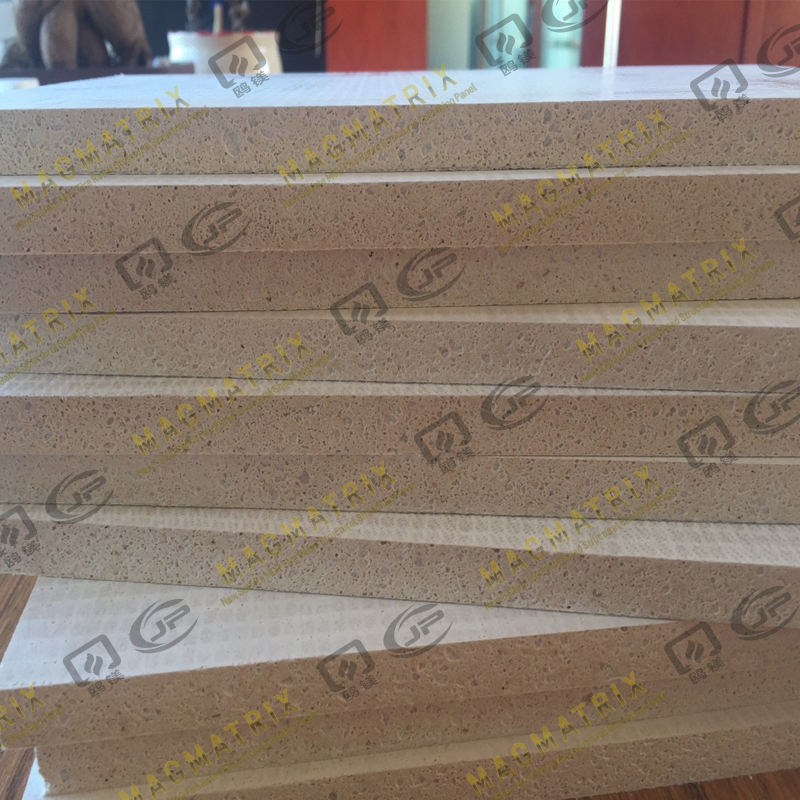 BMSC 517 New Sulfate MgO Board
BMSC 517 New Sulfate MgO Board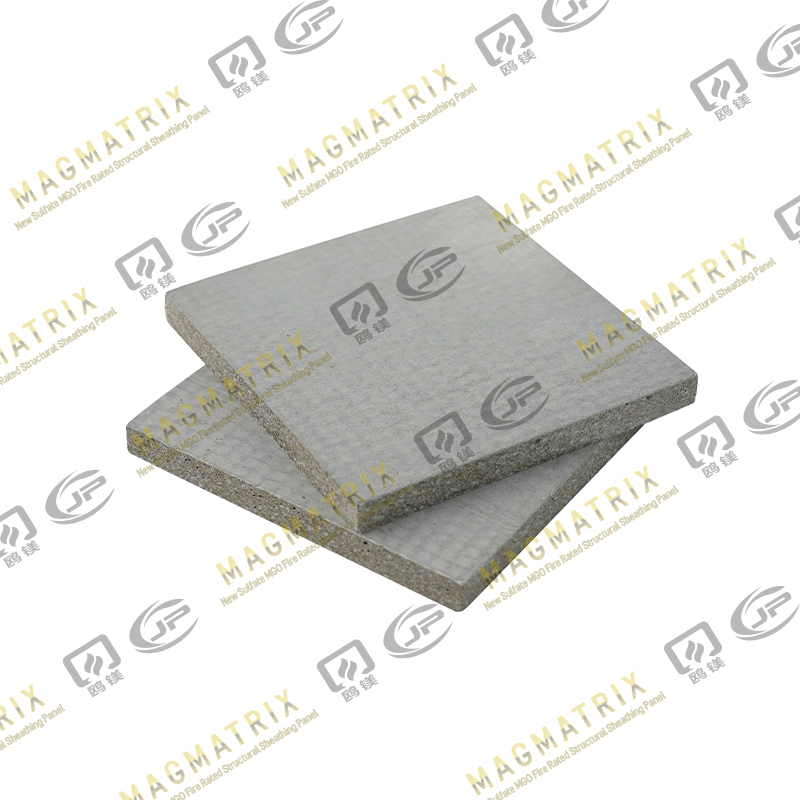 Multi-Support MgO Wall Sheathing Board
Multi-Support MgO Wall Sheathing Board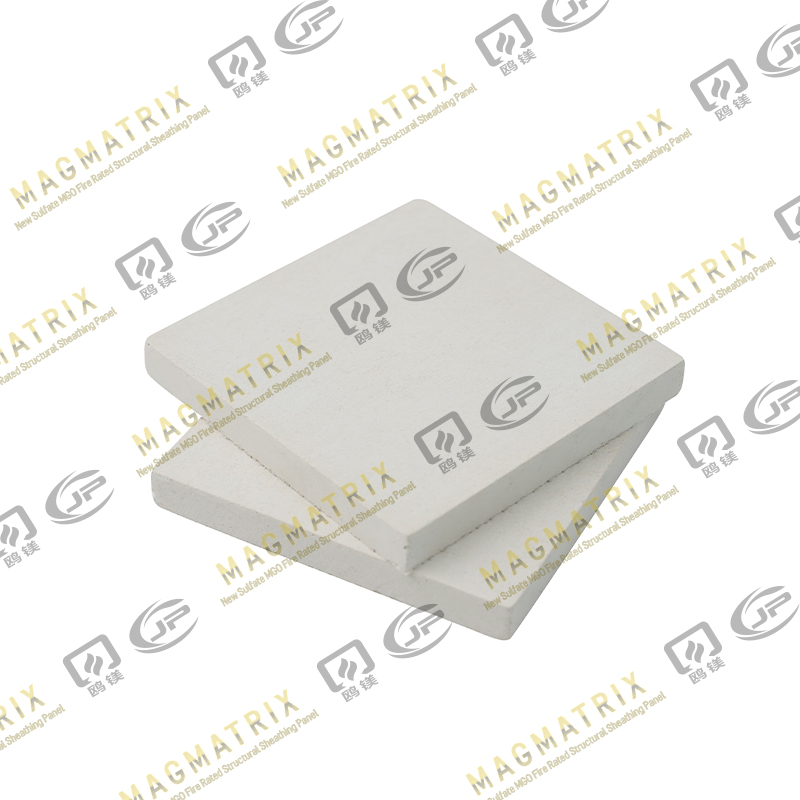 Perseverance MgO Wall Sheathing Board
Perseverance MgO Wall Sheathing Board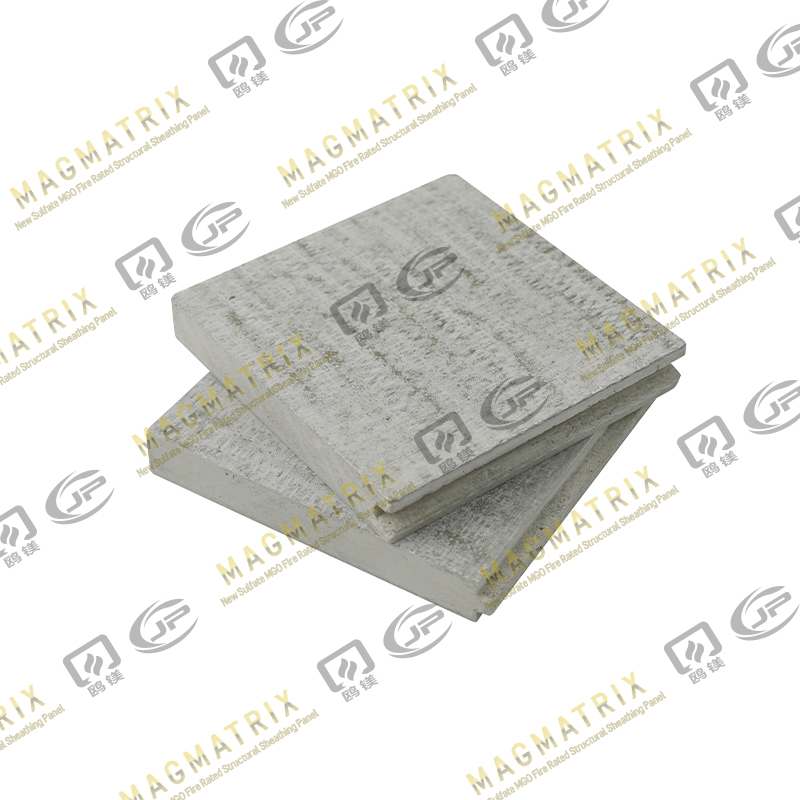 Multi-Support MgO Subfloor Sheathing Board
Multi-Support MgO Subfloor Sheathing Board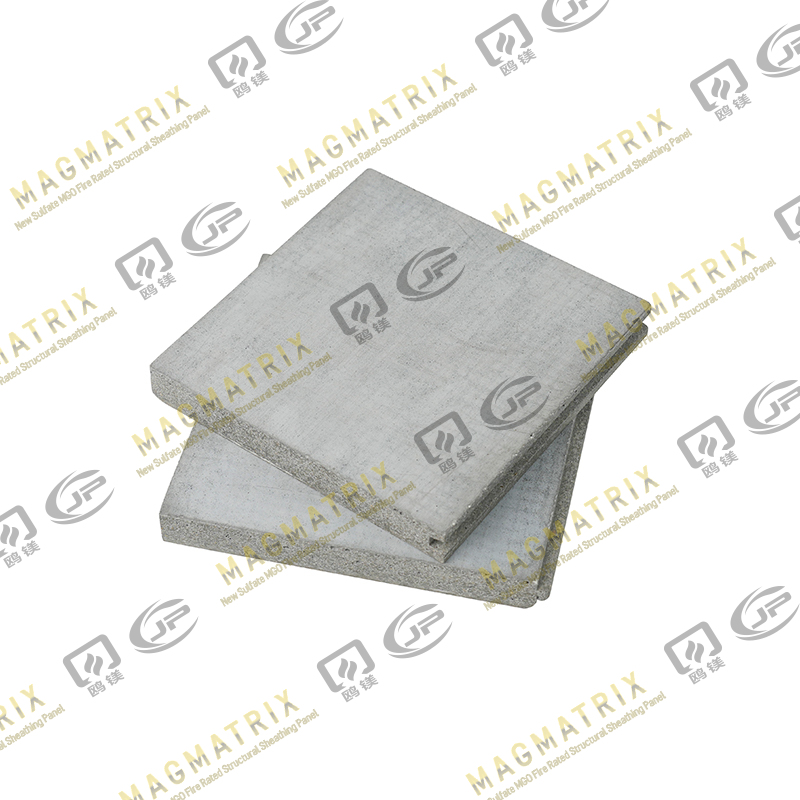 Perseverance MgO Subfloor Sheathing Board
Perseverance MgO Subfloor Sheathing Board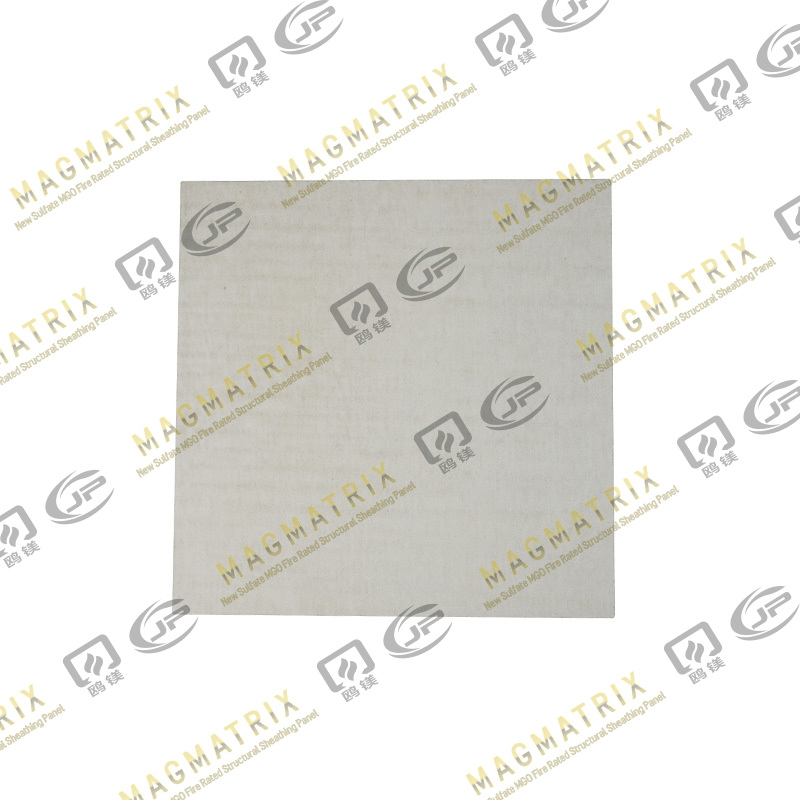 MagMatrix MgO Underlayment Panel/board
MagMatrix MgO Underlayment Panel/board


 English
English русский
русский Español
Español
